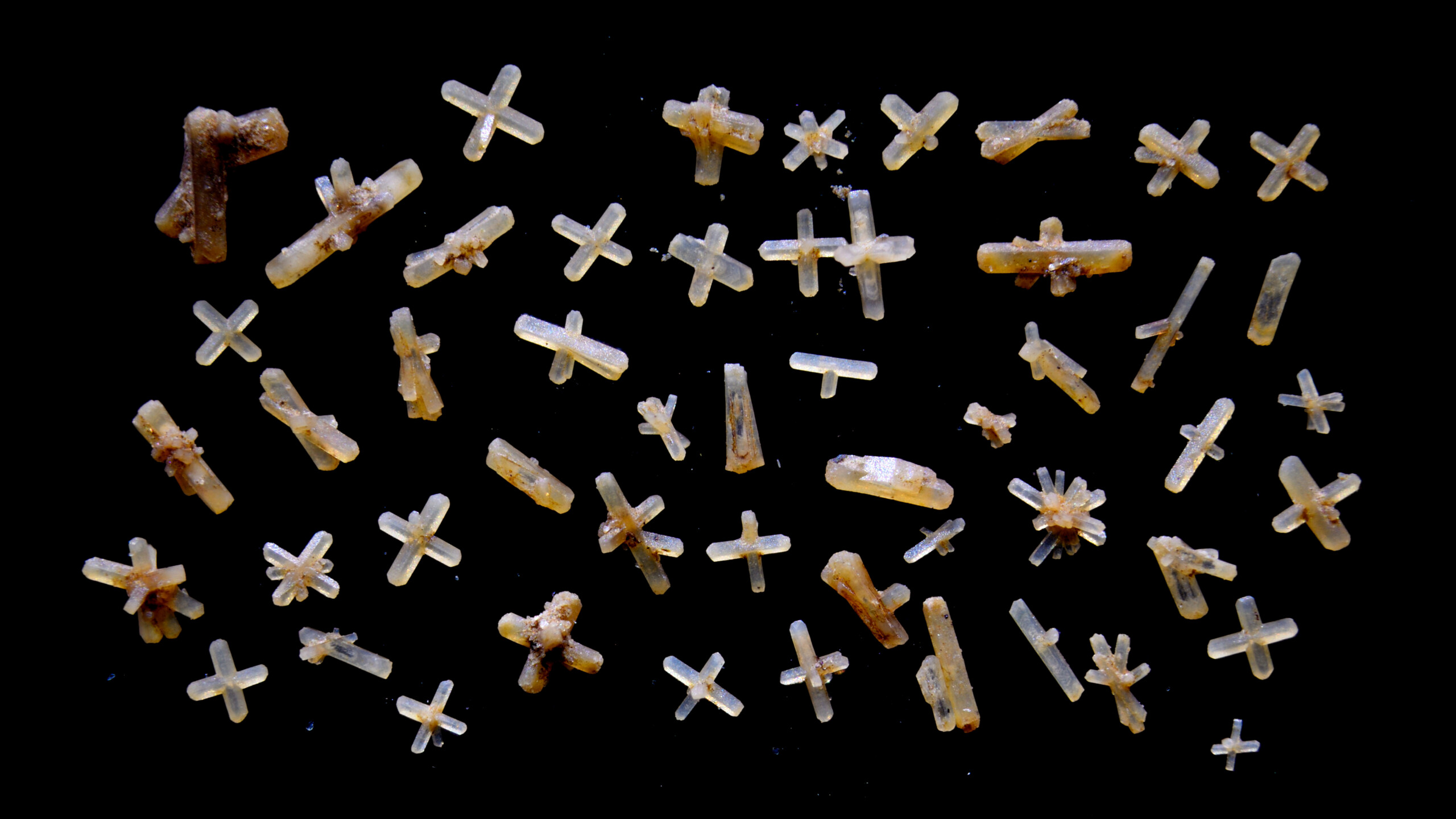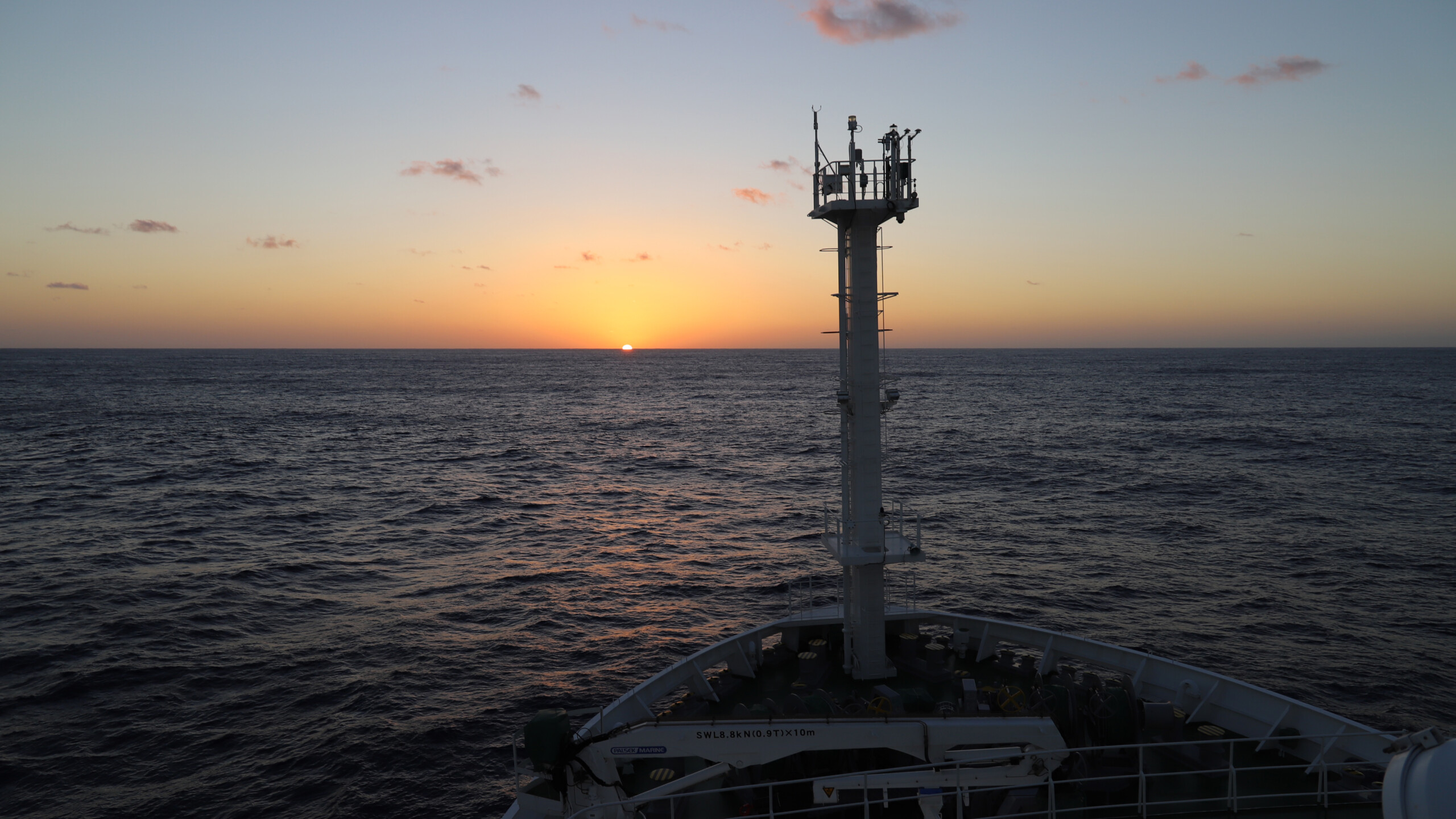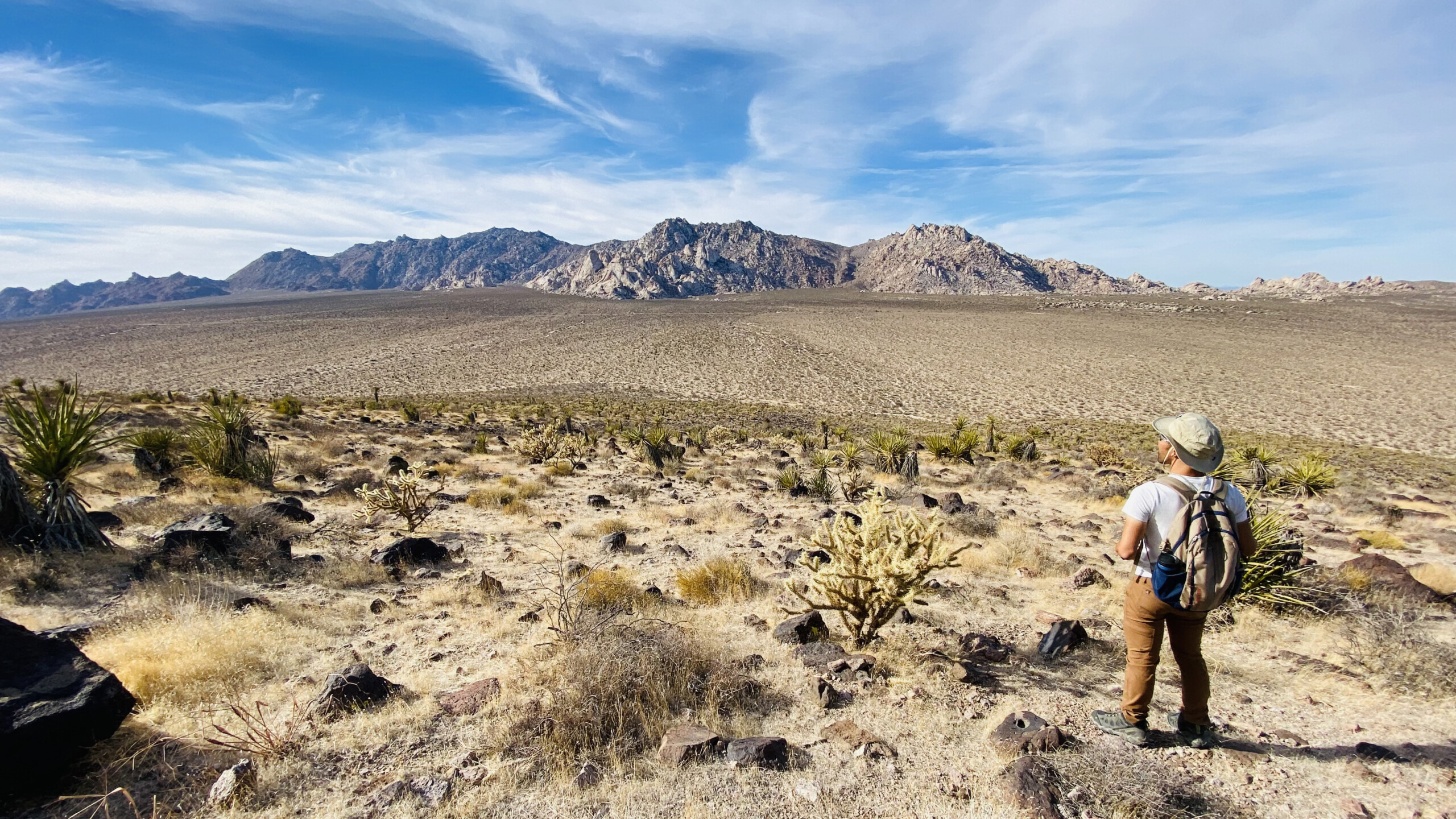RESEARCH INTERESTS




Seeking
deep-sea mineral resources
人類社会の持続的発展を支えることのできる次世代の資源はどこにあるのでしょうか?それは、未だ数少ない人々しか到達していない地球最後のフロンティア、深海にあります。深海には、レアメタル、特にレアアースを高濃度で含む泥(堆積物)が大量に存在します。これが「レアアース泥」です。また、さまざまなレアメタルを高濃度で含む「マンガンノジュール」も大量に存在します。これらの深海底鉱物資源は、無尽蔵といえるほどの資源量があり、低い環境負荷で開発が可能な、次世代社会を支えるポテンシャルをもつ資源です。私は、こうした深海底鉱物資源を探査・開発し、次世代社会に還元するべく研究を行っています。
Where are the resources for the next generation that can support the sustainable development of human society? It is in the deep ocean, a frontier that few people have yet reached. In the deep ocean, there are large amounts of mud (sediment) containing high concentrations of rare metals, especially rare earth elements (REY). This is “REY-rich mud”. There are also large quantities of “Manganese nodules” containing high concentrations of various rare metals. These deep-sea mineral resources are inexhaustible and can be developed with low environmental impact, and have the potential to support society of the next generation. My goal is to explore, develop, and give them back to the society of next generation.



When, where, and how did it born?
A key is the Earth system
深海底鉱物資源の探査・開発の鍵の一つは、それがいつ、どこで、どのようにして生まれたのか、つまり、その正体を知ることです。その情報は、価値の高い資源がどこにあるのかを正確に予測し、資源をうまく利用して価値を高めるために、最も重要となるものです。そのためにはどうすればよいのでしょうか?その答えは、資源を生み出した過去の地球の営みを解き明かすことです。鉱物資源は大気、海洋、大陸、生物などの地球の構成要素が複雑に関わり合う「地球システム」の中で、さまざまな物質が循環し、有用元素が集まった結果生まれたものです。私の研究アプローチの核心は、この巨大で複雑な地球システムの中に、鉱物資源生成の支配要因を見出すことにあります。
One of the keys to exploring and developing deep-sea mineral resources is to know when, where, and how they formed, in other words, to know what they are. This is the most important information to accurately predict where the highly valuable resource lies and to successfully exploit it to increase its value. How can we do this? The answer is to unravel the past activities of the earth that produced the mineral resources. The mineral resources are the results of the circulation of various materials and the concentration of useful elements in “the Earth system”, a complex interplay of the Earth’s components, including the atmosphere, oceans, continents, and living organisms. The core of my research approach is to find the factors controlling resource generation in the Earth system.



Deep-sea mineral resources:
A history book
of the Earth system evolution
地球システムの変遷の結果として、鉱物資源が生まれたこと。このことは、鉱物資源が過去から現在に至る地球システムの変遷を記録した「地球の歴史書」であるということです。つまり、鉱物資源に含まれている生物活動の痕跡や、鉱物資源がどのような元素や物質によって構成されているかを詳しく調べていくことで、数千・数億・数十億年前の過去から現在に至るまでの地球の営みの歴史を知ることができるのです。私はこの地球の歴史書を解読することで、過去の地球で何が起こり、生物や岩石や海や大気などの要素がどのように関わり合い、今の地球を作り上げていったのか、それを純粋に知りたいと思っています。
Mineral resources are the result of Earth system evolutions. This means that mineral resources are the “Earth’s history book” that records the past evolution of the Earth system from the past to the present. In other words, examining the footprint of biological activities, and the consisting elements and substances in mineral resources enables us to learn the history of the Earth’s activities from the past thousands, hundreds of millions, and billions of years ago to the present. By deciphering this history book of the Earth, I genuinely want to know what happened on the Earth in the past and how elements such as living organisms, rocks, oceans, and atmosphere interacted with each other to create the Earth as it is today.
METHODS
SKILLS
EXPERIENCES

フィールド調査
- 深海底堆積物調査航海(8回)
- 有人潜水調査船「しんかい6500」潜行調査(3回)
- 山・露頭における岩石試料採取
FIELD WORK
- Research cruise for investigation of deep-sea sediments, 8 times
- Deep-underwater excursion on the Shinkai 6500 submergible, 3 times
- Collecting rock and mineral specimens from undergraound mine and outcrops
鉱物学
- 偏光顕微鏡を用いた深海底堆積物の構成鉱物同定・構成割合決定
- 実体顕微鏡・電子顕微鏡を用いた鉱物粒子の詳細観察
- X線回折装置を用いた正確な鉱物同定
- 光学顕微鏡・レーザー回折散乱式粒度分析装置を用いた粒度分布測定
MINERALOGY
- Identification of constituent minrals of deep-sea sediments and determination of their proportions using polarizing microstcope
- Detailed observation of mineral grains using stereo and electoron microscope
- Precise determination of mineral species by X-ray diffraction analysis
- Grain size distribution analyses using optical microscope and lazer diffraction analyzer
古生物学
- 深海底堆積物中の微化石の採取・顕微鏡観察・種の同定
- 深海底堆積物中の魚の歯(イクチオリス)を用いた海洋生物活動の復元
- 膠着質底生有孔虫を用いた海洋生物活動の復元
PALEONTOLOGY
- Handpicking, microscopic observation, identification of microfossils in deep-sea sediments
- Reconstruction of biological activity using fish teeth (ichthyolith) in deep-sea sediments
- Reconstruction of biological activity using deep-sea agglutinated foraminifera
同位体地球化学
- オスミウム同位体分析手法の開発
- レーザーアブレーションシステムを用いた同位体分析手法の開発
- オスミウム同位体比を用いた地球環境変動の復元
- ハフニウム同位体比を用いた地球環境変動の復元
- 銀同位体比を用いた鉱床生成メカニズムの解明
ISOTOPE GEOCHEMISTRY
- Developing analytical method of osmium isotope analysis
- Developing analytical method of isotope analyses using lazer ablation system
- Reconstruction of the past Earth’s environment using osmium isotope ratios
- Reconstruction of the past Earth’s environment using hafnium isotope ratios
- Tracing origins of metals in deposits using silver isotope analysis
年代決定
- オスミウム同位体比を用いた層序学的な年代決定
- 魚の歯(イクチオリス)の形態学的分類による層序学的な年代決定
- ルテチウム-ハフニウム放射年代を用いた年代決定
- ウラン-鉛放射年代を用いた年代決定
DATING
- Stratigraphic dating using osmium isotope ratio in seawater
- Stratigraphic dating based on morphological analysis of fish teeth (ichthyolith)
- Lutetium-hafnium radiometric dating
- Uranium-lead radiometric dating